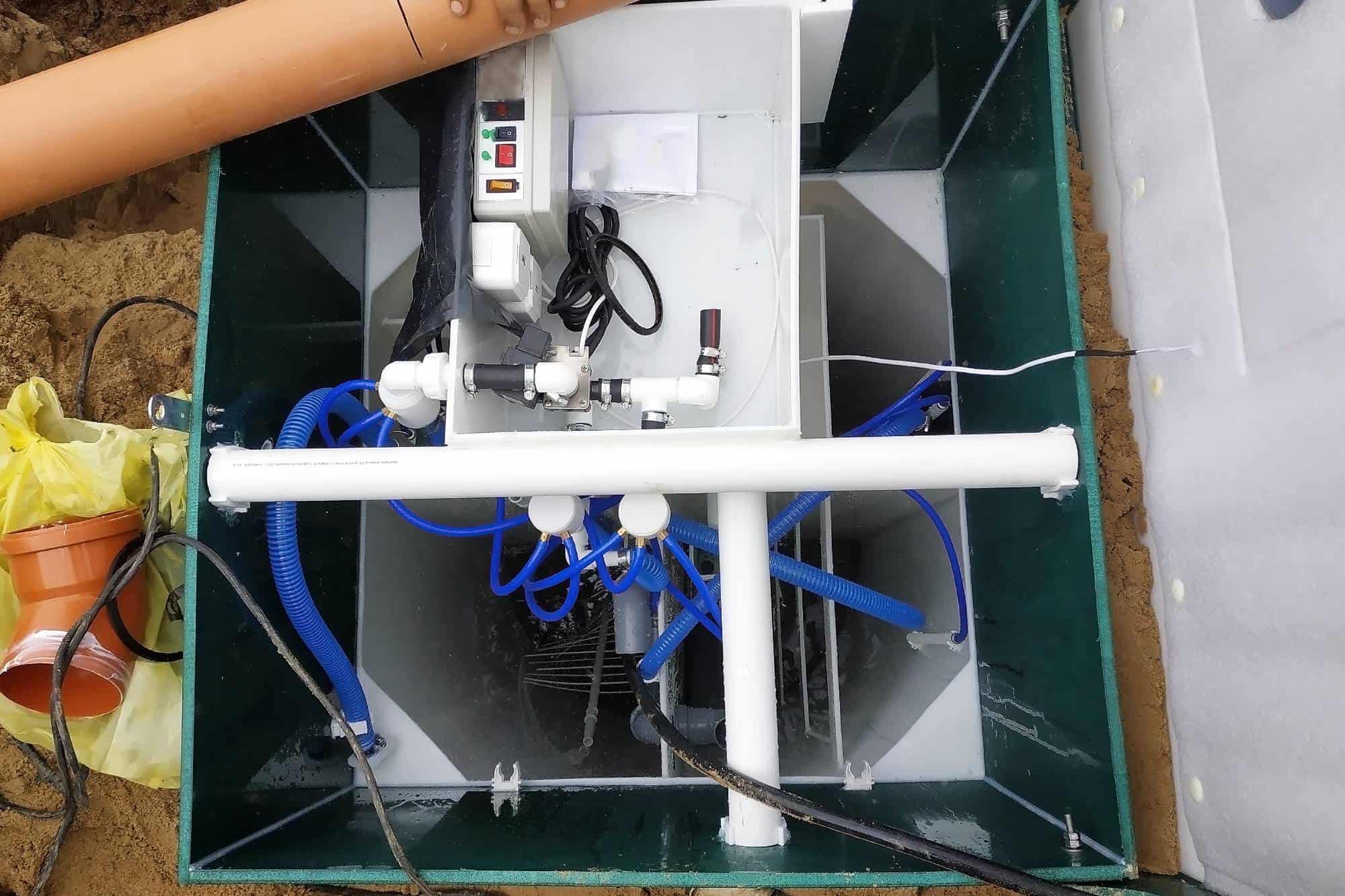Professional sump pump installation that actually works when Golf’s storms hit hardest.
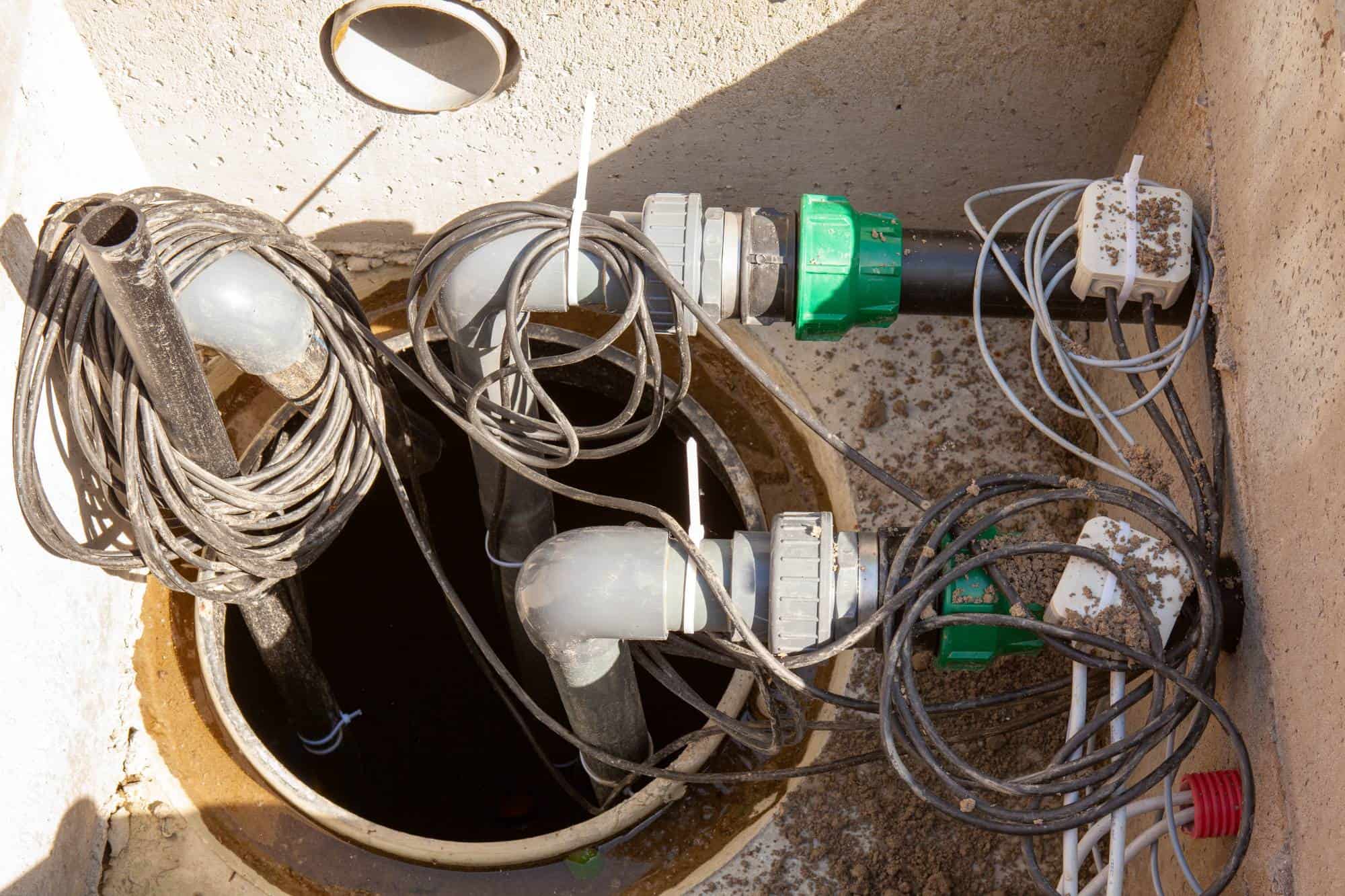
Hear From Our Customers
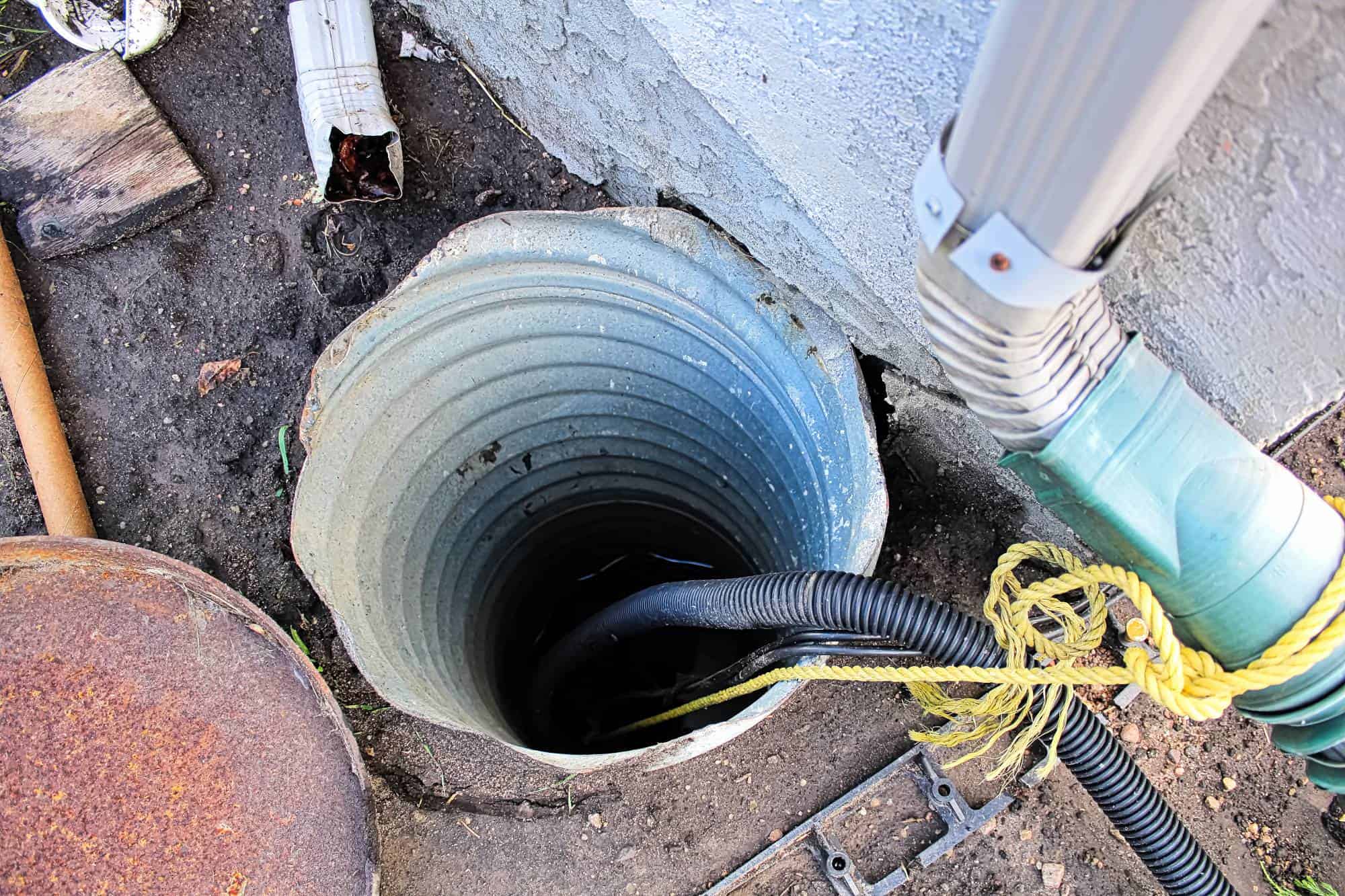
You’ll sleep through the next storm instead of rushing to your basement with a shop vac. When Golf gets hit with those sudden downpours that dump inches in minutes, your sump pump kicks in automatically.
No more water creeping up through floor drains. No more ruined furniture, soggy drywall, or that musty smell that never quite goes away. Just a dry basement that stays dry, even when the rest of the neighborhood is dealing with flooding.
Your foundation stays protected, your belongings stay safe, and you get the peace of mind that comes from knowing your home can handle whatever Chicago weather throws at it.
We’ve been handling Cook County’s toughest plumbing challenges since 2001. We’re locals who understand exactly what Golf homeowners face during storm season.
Your neighbors call us because we show up when we say we will, fix problems the right way the first time, and don’t disappear when the next emergency hits. We’re licensed, bonded, and insured, which means your installation meets all local codes and you’re protected if anything goes wrong.
Golf sits in an area where basement flooding isn’t just possible—it’s inevitable without proper protection. We’ve seen what happens when sump pumps fail during the storms that matter most, and we install systems that work when you need them.
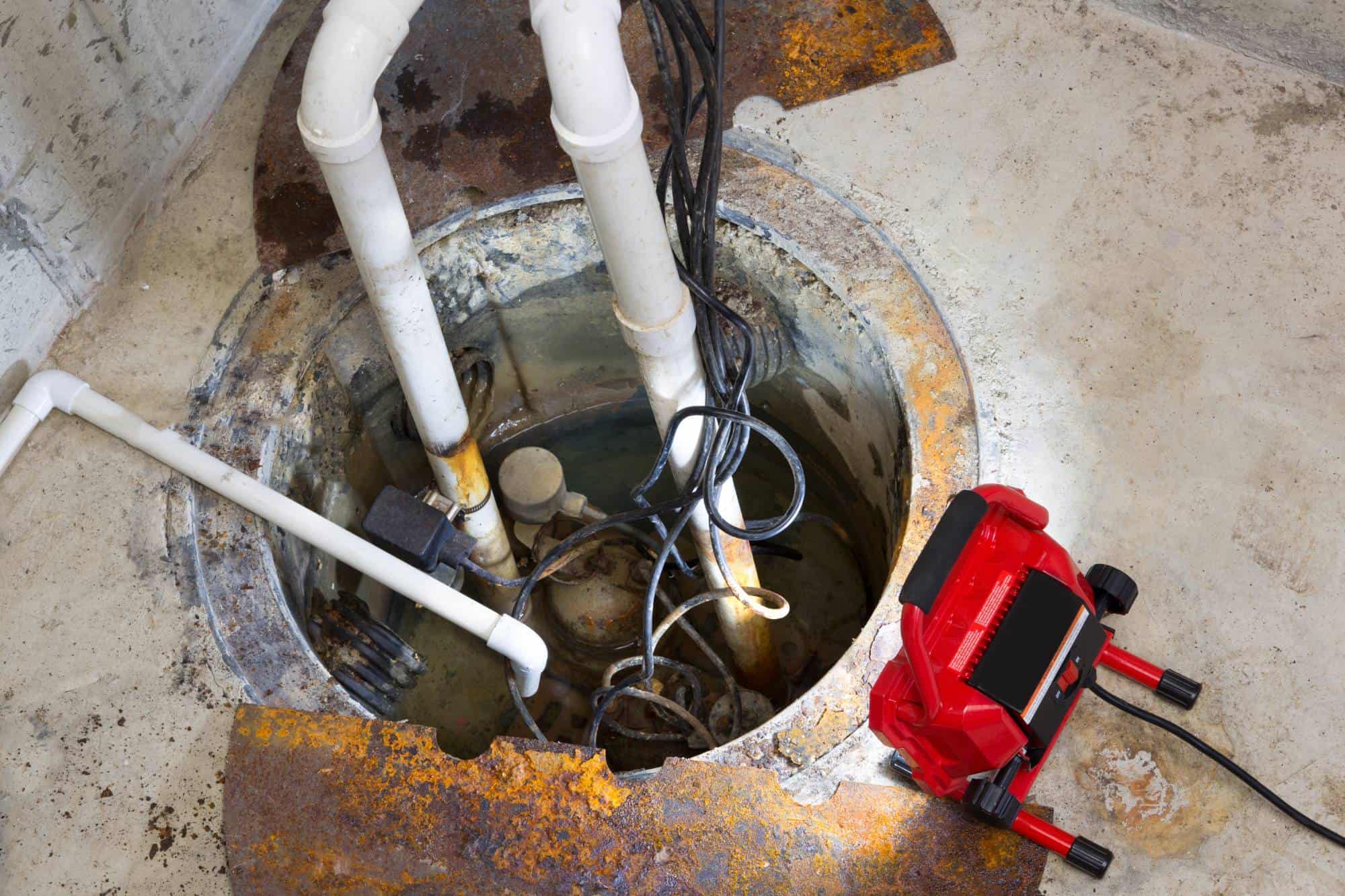
First, we assess your basement’s lowest point and check your current drainage situation. Every Golf home is different, and cookie-cutter installations fail when you need them most.
We dig the sump pit at the right depth and location, install the pump system, and connect the discharge line that carries water away from your foundation. The whole system gets tested thoroughly before we leave—no crossing fingers and hoping it works during the next storm.
You get a complete walkthrough of how everything operates, what to watch for, and how to test the system yourself. We also check that your electrical setup can handle the pump’s requirements, because a sump pump that can’t turn on is useless.
The installation includes proper drainage, check valves to prevent backflow, and all the components needed for reliable operation. When we’re done, your basement has real protection against Golf’s unpredictable weather.
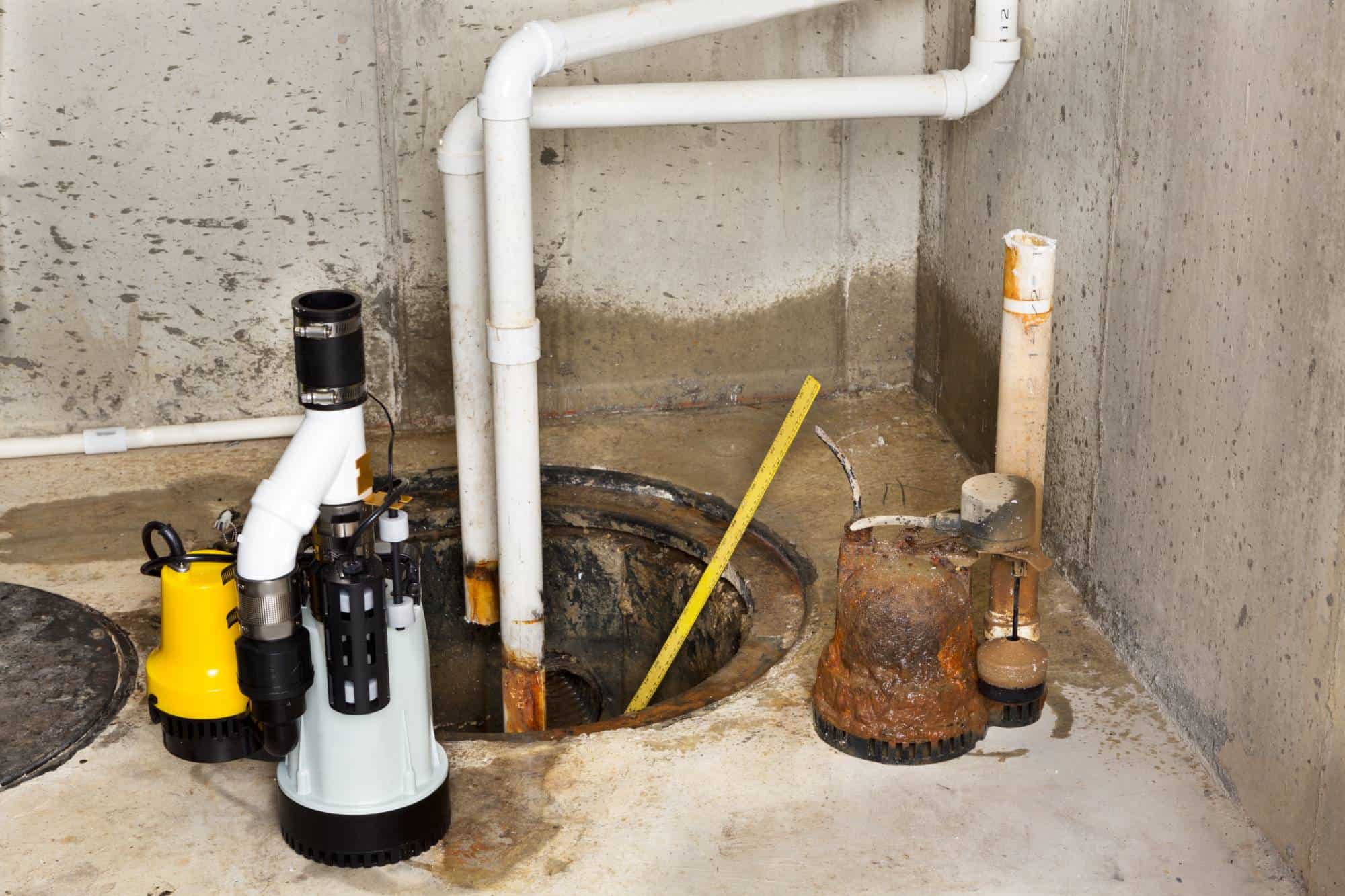
Ready to get started?
Your sump pump installation comes with everything needed to keep Golf basements dry. We install submersible or pedestal pumps depending on your space and requirements, plus the sump pit, discharge piping, and electrical connections.
Battery backup systems are available for homes that can’t afford to lose protection during power outages. Golf residents know that storms and power failures often go together, so backup power keeps your pump running when the lights go out.
We also include proper grading around the discharge point so water flows away from your foundation instead of circling back. Many installations fail because water gets pumped out just to seep back in through foundation walls.
Every system gets a full performance test before we consider the job complete. You’ll see exactly how the pump activates, how quickly it moves water, and how the automatic shutoff works. No surprises during the next heavy rain.
